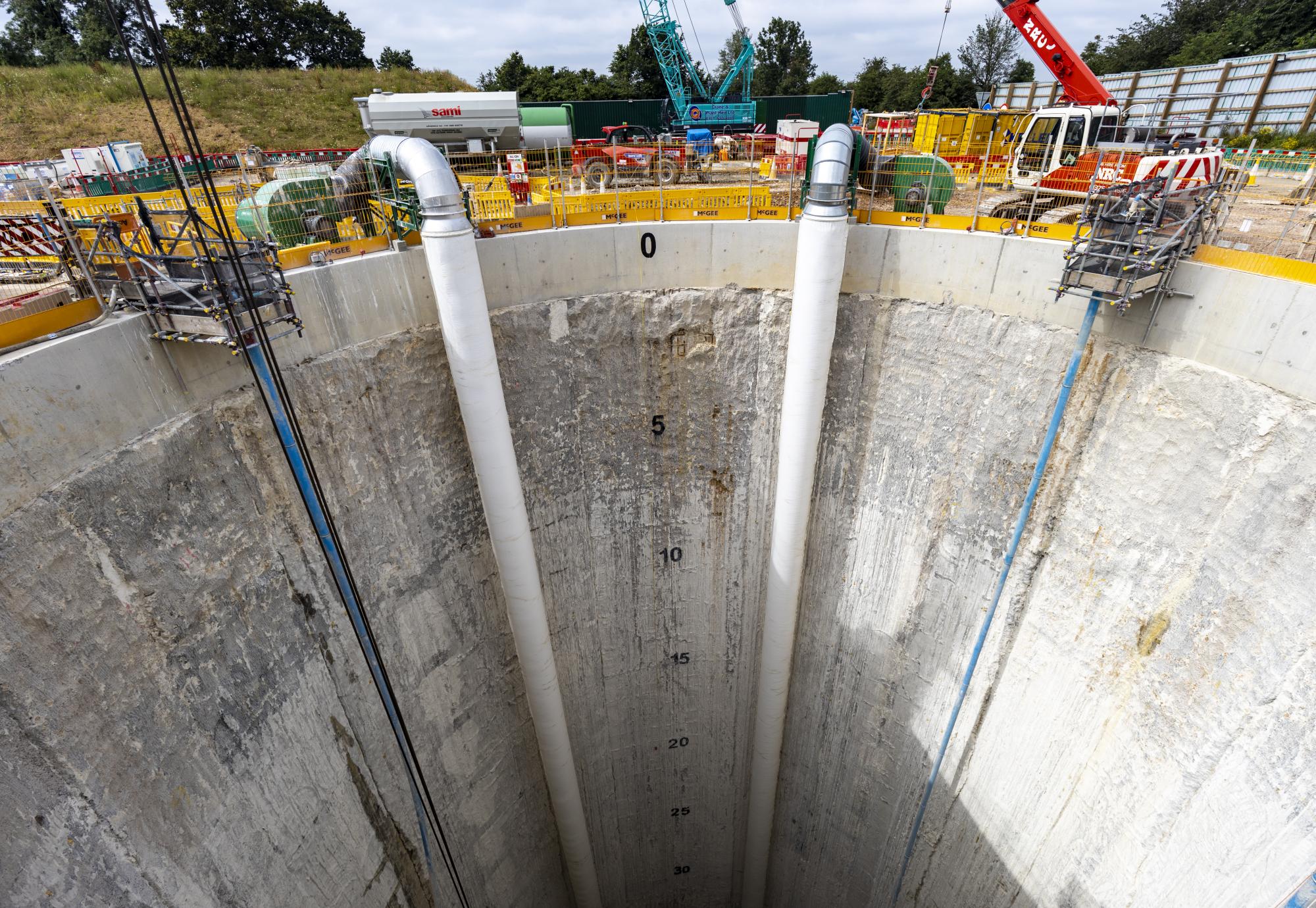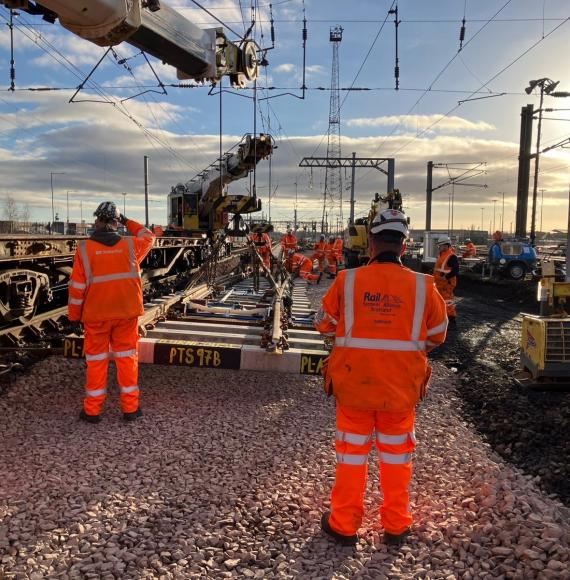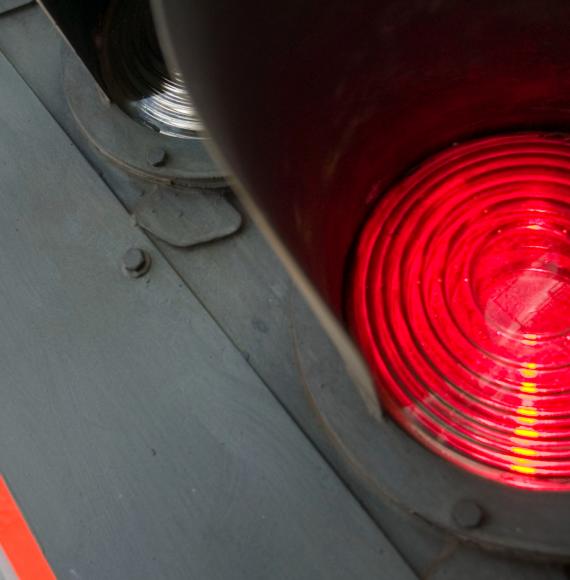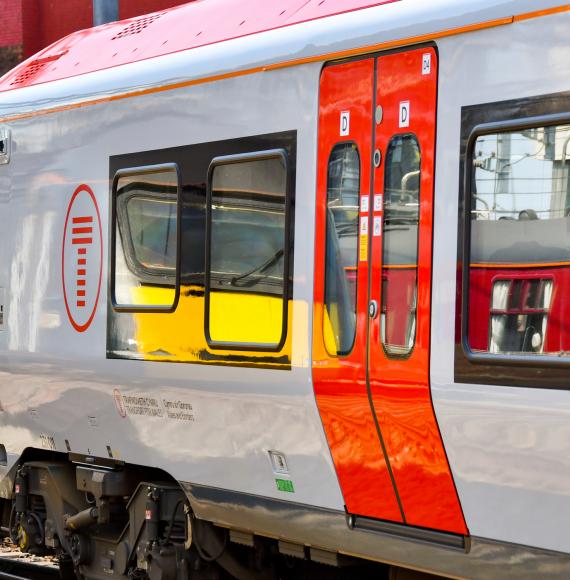HS2 has confirmed that the 2,000 tonne tunnelling machines have completed the first stage of tunnelling work under the Chilterns.
This runs up to the ventilation shaft at Chalfont St Peter and a combined total of over 3.6 miles has now been dug by the two machines.
The 78m deep shaft at Chalfont St Peter is the first of five that will provide emergency access and ventilation to the twin tunnels.
Once built the shaft will be covered by a headhouse designed to resemble farm buildings in the local area.
The two Tunnel Boring Machines (TBMs) are expected to break out at the north portal in around two and a half years.
David Emms, HS2 Ltd Project Client commented on the progress being made on what is set to be HS2’s longest tunnel.
Mr Emms said: “The Chiltern tunnel will take HS2 underneath the hills and safeguard the woodlands and wildlife habits above ground.
“[The tunnel is] significantly reducing disruption to communities during construction and operation of the new railway.
“It’s great to see how much progress has been made by… the teams excavating the five ventilation shafts.
“I’d like to thank everyone involved in getting us this far.”
A look inside HS2's longest tunnel, video - HS2
This follows the release of the updated designs of the new high speed railway terminus set to be built at London Euston.
The TBMs are operated by Align which is a joint venture formed of Bouygues Travaux Publics, Sir Robert McAlpine and VolkerFitzpatrick.
A team of 17 people work on each machine to keep them running and are supported by over 100 people on the surface.
Daniel Altier, Align Project Director spoke on the work that has taken place to achieve this accomplishment.
Mr Altier said: “[The TBMs] reaching our first shaft at Chalfont St Peter is a great achievement for not only the tunnelling team but also the construction team.
“I would like to pay credit to KVJV and Keltbray our supply chain partners, who have been working tirelessly over the last few months.”
Each of the northbound and southbound tunnels requires 56,000 precision engineered, fibre-reinforced concrete wall segments.
These are all being constructed in purpose build factories on site at the south portal located just inside the M25.
Featured image - HS2
















